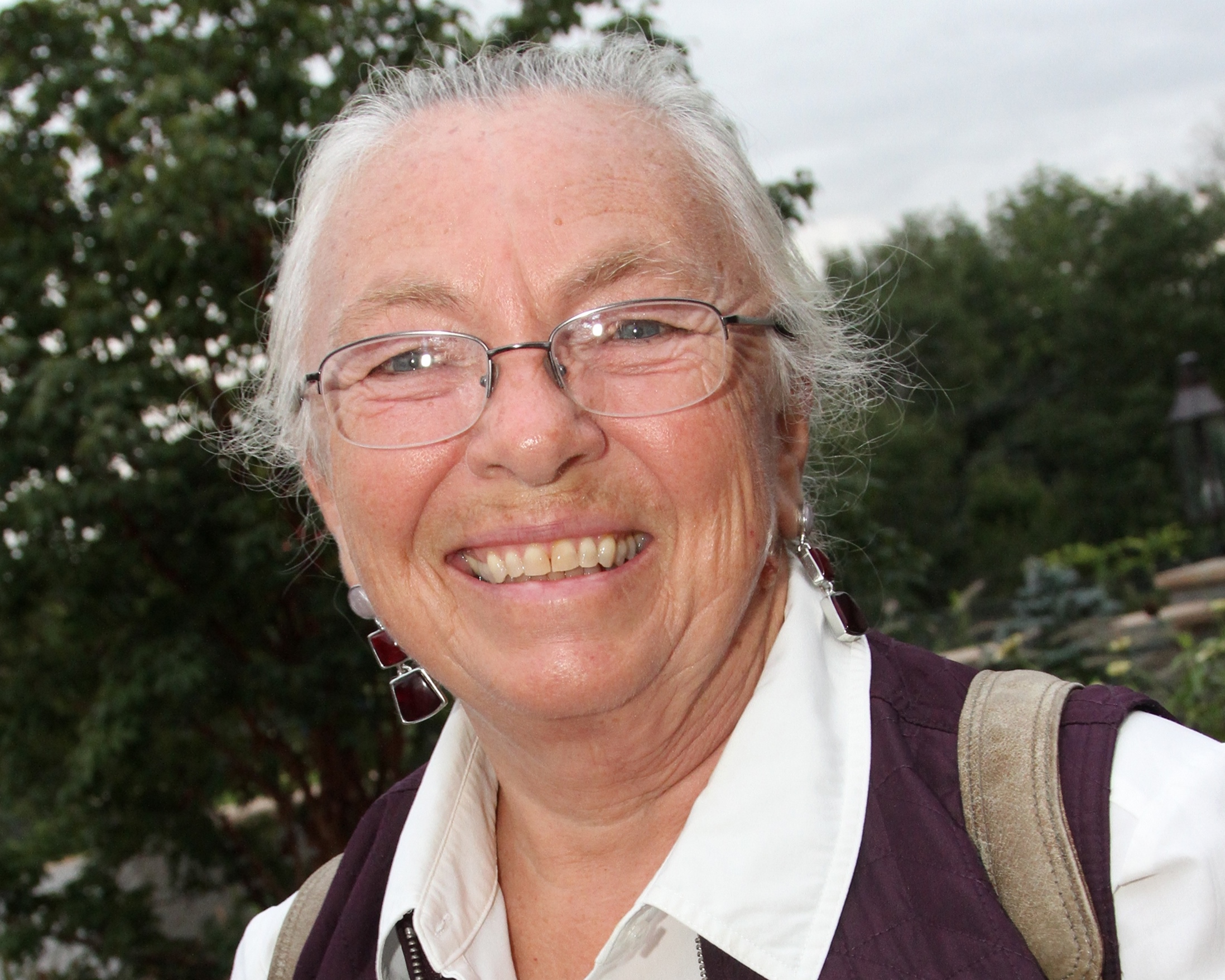Day 146, Year 1: Fourth Day, Windbird’s Passage to the Galapagos
Date: Monday, March 12, 2006
Weather and Wind: Clear skies early, cloudy later; winds 1 to 5 knots SW
Daytime Air Temperature: 83 degrees F daytime, 81 degrees F at night
Water Temperature: 83 degrees F
Latitude: 03 degrees 04 minutes
Longitude: 084 degrees 56 minutes
Location: Panama to Galapagos Passage, Day 4
Miles to Go: 305
We are definitely in “The Doldrums”. The water is warmer and so is the air temperature. And there is no wind. It is 2000 and I am starting the first 3 hour watch of the night. The GPS tells me that at our current motoring speed of 6.8 knots, we have 43 hours and 53 minutes until we get to the equator. That is not quite all the way to the Galapagos, but very close. And I can’t believe we might really be in Puerto Ayoro on Santa Cruz Island by Wednesday. We have a favorable current going our way that is boosting our speed by 1.5 to 2 knots. Our actual boat speed is only 4.8 knots, but that current is giving us a 2 knot boost right now. If it stays with us, that will be great. If it doesn’t, we will be traveling slower and will probably not arrive until Thursday. We’ll just have to see how things go.
I “think” I saw a sea turtle basking in the sun on top of the water today. We weren’t very close, so I had to look through the binoculars. I’m not positive, but it sure looked like a turtle to me. The only other sea life we have seen in the past 24 hours is a little black sea bird with white on the underside. I think it is a petrel, but I’m not sure. She followed us for most of the late afternoon and evening. Every once in a while, she would sit on the water and it looked like she was drinking sea water. Is that possible? There are domestic dogs that have gone wild on one of the Galapagos Islands that have adapted to drinking sea water. If I were a sea bird, I think I would want that same ability.
Not much else to report today. We continue to do boat maintenance during the day and read at night. I’ve read and reread the Natural History of the Galapagos trying to memorize some of the information. It will help me to know what I am seeing once we start exploring. There is always more to learn than there is time to learn it, but I have gotten a good head start on learning about–what to me–is one of the most fascinating places on earth. I can’t wait to see the giant tortoises. Only two island groups in the world are inhabited by these creatures: Aldabra Island in the Seychelles and the Galapagos Islands. And then there are Darwin’s finches, one of which, the carpenter finch, that actually uses sticks as tools . . . and the blue-footed boobies and waved albatrosses that perform fascinating mating dances. Did you know that the waved albatross only reproduces on one island in the Galapagos and no where else in the world? And then there are the flightless cormorants and the Galapagos penguins . . . and the sea lions and . . . to be continued tomorrow.



So glad Day 145 was quiet. Day 144 wiped me out completely. I didn’t know there were wild dogs on Galapagos AND that they drink salt water. This trip is such an awesome history lesson for me. Thanks!
I have really enjoyed ready all about your adventures. I agree that this would make an excellent book. Judy you have an awesome way with words. Mark it was good hearing from you today. Be safe and God Bless.
Doreen